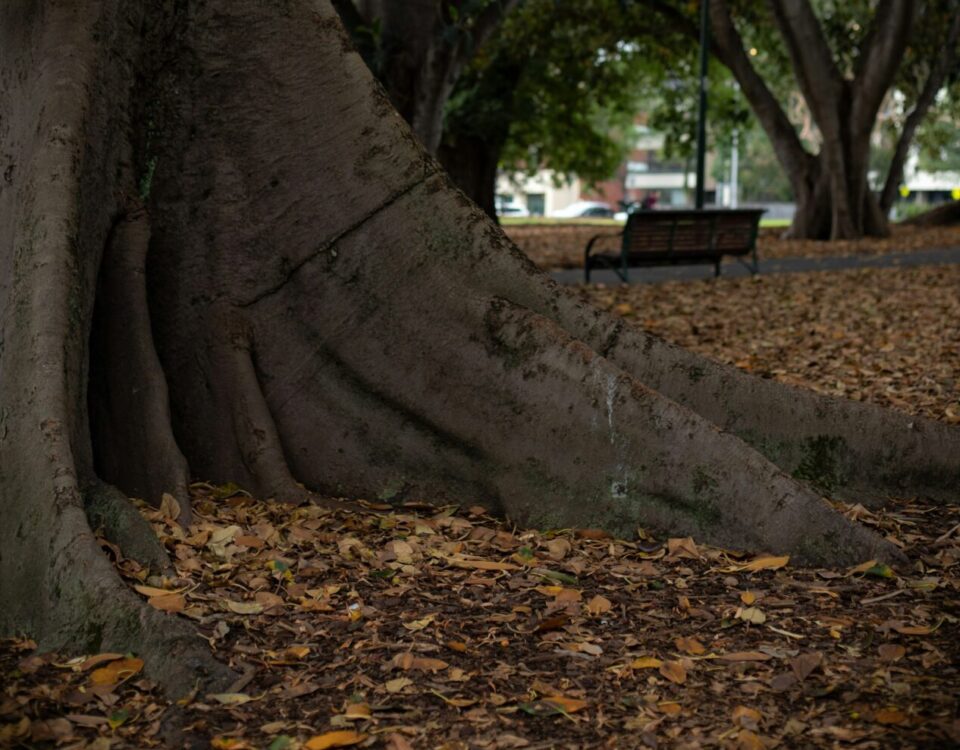
Attachment Styles Q&A: Adult Relationships
April 10, 2024
Attachment Styles Q&A: Attachment After Early Trauma
April 24, 2024Now that I notice my attachment style in action, how do I move toward a more secure approach?
The first step in moving toward a more secure attachment style is knowing that you can.
That’s right; growing into a more secure attachment style is possible. You have neurological plasticity – your neurological pathways (your brain) are moldable. The phrase in neuroscience is “what fires together, wires together.” When you develop new habits, thought patterns, and relationships your brain fires in new ways creating new neural pathways. At first, this is hard and takes deliberate effort. After a while, the pathway becomes stronger and smoother, allowing you to travel down it as a matter of habit.
How do you create the positive pathways? You have options – often the best place to start is the one you find to be the most appealing. The goal is to start small and build up. This can be done by yourself and with others. As an adult you have agency – no longer dependent on “grown ups” to meet your needs, you can find ways to care for yourself. Creating change is a process, but now you are the one in charge of your life. Below are some examples of ways you can create a more secure attachment style for yourself:
Within Yourself
Reflect on the Positive
Reflect on the positive relationships in your life – past and present. Who is, or has been there for you? Your positive people are those who provide, or provided, you with a relationship that allows life to feel safe and for you to feel worthy. Focusing on them teaches your brain to notice care and connection, building your sense of security. Our brains tend to notice danger, leading us to ruminate on the negative, even to the point of ignoring the positive. Reflect on those who show you your value as a human.
Notice Your Attachments
Notice your attachment behaviors in action. When do you pull back or feel frantic? When do you feel relaxed and open? Ask yourself if your reactions make sense in this relationship or in this moment in time? For example, a friend was terribly worried that his boyfriend hadn’t called. He started to imagine that their relationship was in trouble, only to learn his boyfriend had broken his phone. He had made up a story with no evidence to support it. By noticing your reactions, you can challenge them and decide if they make sense in the context of the bigger picture.
Be Compassionate Toward Yourself
Provide yourself with self-compassion. You are worthy. You deserve to love and be loved. Find a poem, prayer, or meditation that helps remind you of your worth. Look at a picture of yourself as a child and as an adult and love that perfectly imperfect human who is you. Practice ways to calm and care for yourself so that you can take a moment to step back and be at peace when you need to do so. Being a compassionate adult to your inner child builds your own sense of security in this world.
With Others
Set Boundaries
Set boundaries. You have the right to manage your relationships so that you don’t feel under attack. The first layer of boundaries is internal; filter people’s opinions of you before accepting them. Sure, you might make a mistake, we all do, that does not make you a “loser” or some other insult. Know your own worth. The second is behavioral; speak up for yourself, and if needed take a break. Address your concerns with professional help if you feel it is necessary. Practice boundary tending in whatever way makes sense for you.
Build Yourself a Village
Build a village of good friends for yourself. Whether you are part of a couple or are single, you need friends in your life. Good friends are those you can be real around. They may even be members of your family. Invite people into your life who bring you joy, who allow you to thrive, and who use open communication. By focusing on what brings you joy and meaning, you can join with others to enlarge your circle of positive friendships. Or, if you have a large social network already, you could choose to deepen key relationships that are nurturing.
Communicate
Communicate. Talk with the people you are closest to about attachment styles. Share how you are feeling and what supports you. Maybe you would love to hear from your partner more during the day and they are going through a stressful time at work. Is there a creative way you can stay in touch that meets both your needs? You can work together to improve one another’s sense of security if both are interested.
These are only some ideas toward nurturing a more secure attachment style in yourself. I am deliberately focusing on how you can help yourself because that is your first responsibility. Noticing what allows you to see your worth, and increase your felt sense of safety, will increase your level of secure attachment. For some people, these suggestions will be harder to implement due to a history of early trauma. The next blog will focus on building a more secure attachment style after a history of childhood trauma.
Next blog: How do I build a more secure attachment style after a history of childhood trauma?
Peace,
Laura A. Gaines
To learn more, explore learnmodelteach.com for tools, videos, and coaching opportunities.





